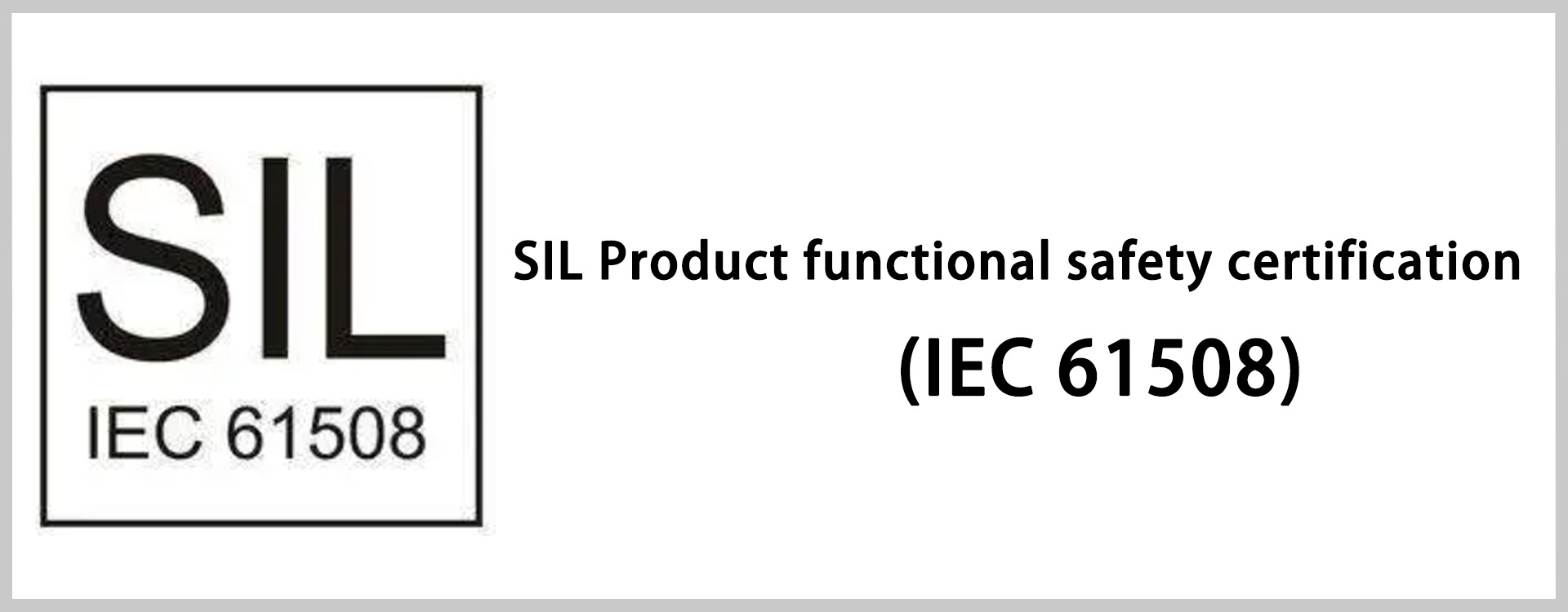SlL Product Functional Safety Certification (lEC 61508)
SlL Product Functional Safety Certification (lEC 61508)
SlL Product Functional Safety Certification (lEC 61508)

SIL Certification (IEC 61508) Introduction:
SIL certification, is the English Safety integrity level (safety integrity level) for short, is an internationally recognized functional safety certification, is also issued by the International Electrotechnical Commission IEC functional safety standard "IEC61508 - E/E/PE safety related system functional safety". The standard corresponds to the national standard of "GB/T20438" for the safety assessment of related products certification requirements, the basic principle of the standard is to use a risk-based method, step by step to achieve the goal of risk reduction. Products that usually require SIL certification are used where there is a high risk of harm to people, the environment or property. Functional safety certification mainly involves the document management (FSM) evaluation of the safety equipment development process, hardware reliability calculation and evaluation, software evaluation, environmental testing, EMC electromagnetic compatibility testing, etc.
Typical SIL certified products
1. Safety valve, actuator or actuator
2. All kinds of railway control, protection and other electrical and electronic products;
3. All kinds of safety transmitters, safety relays, etc.;
4. All kinds of safety light curtains, safety switches, etc.;
5. Controller, including PLC, F&GESD, safety bus, etc.;
6. Various safety systems;
7. Other electronic/electrical/programmable electronic products with safety requirements.
SIL certification required information:
◆ Certificate of key components
◆ Drawings (including circuit drawing and assembly drawing)
◆ Parts list
◆ Raw material list
◆ Function Description
◆ Operation and maintenance manual
SIL certification program process:
Stage 1: Concept evaluation
1. Check and review product requirements specifications and safety design concepts;
2. Check and evaluate the plan of failure avoidance measures at all stages of the product life cycle, especially during the development process (quality management);
3. Evaluate the measures to be taken to detect and control faults (diagnosis) FMEDA(Failure Mode Impact and diagnostic Analysis), and evaluate whether the safety integrity level can achieve the expected purpose;
4. Audit of the file system (design and quality management);
5. Electromagnetic compatibility, environmental test requirements definition;
6. Issue project plan during the main inspection phase;
7. Issue a report based on the results of the conceptual evaluation;
The second stage: primary inspection
1. Test all safety-related functions, worst-case analysis (hardware and software);
2. Verification of detection and control faults (fault insertion test), verification and execution of FMEDA;
3. Review of software verification tests (module, integration test, system test)
4. Review of product documents created during the development process (design documents, testing, verification, audit records)
5. Definition and calculation of safety-related reliability data;
6. Environmental testing (including EMC);
7. Check user documents (installation, operation manual, safety manual);
8. Provide test reports;
The third stage: certification
Based on the test report, if all the requirements are met, a certificate is issued.
For more information: 18731031297 (with wechat)
